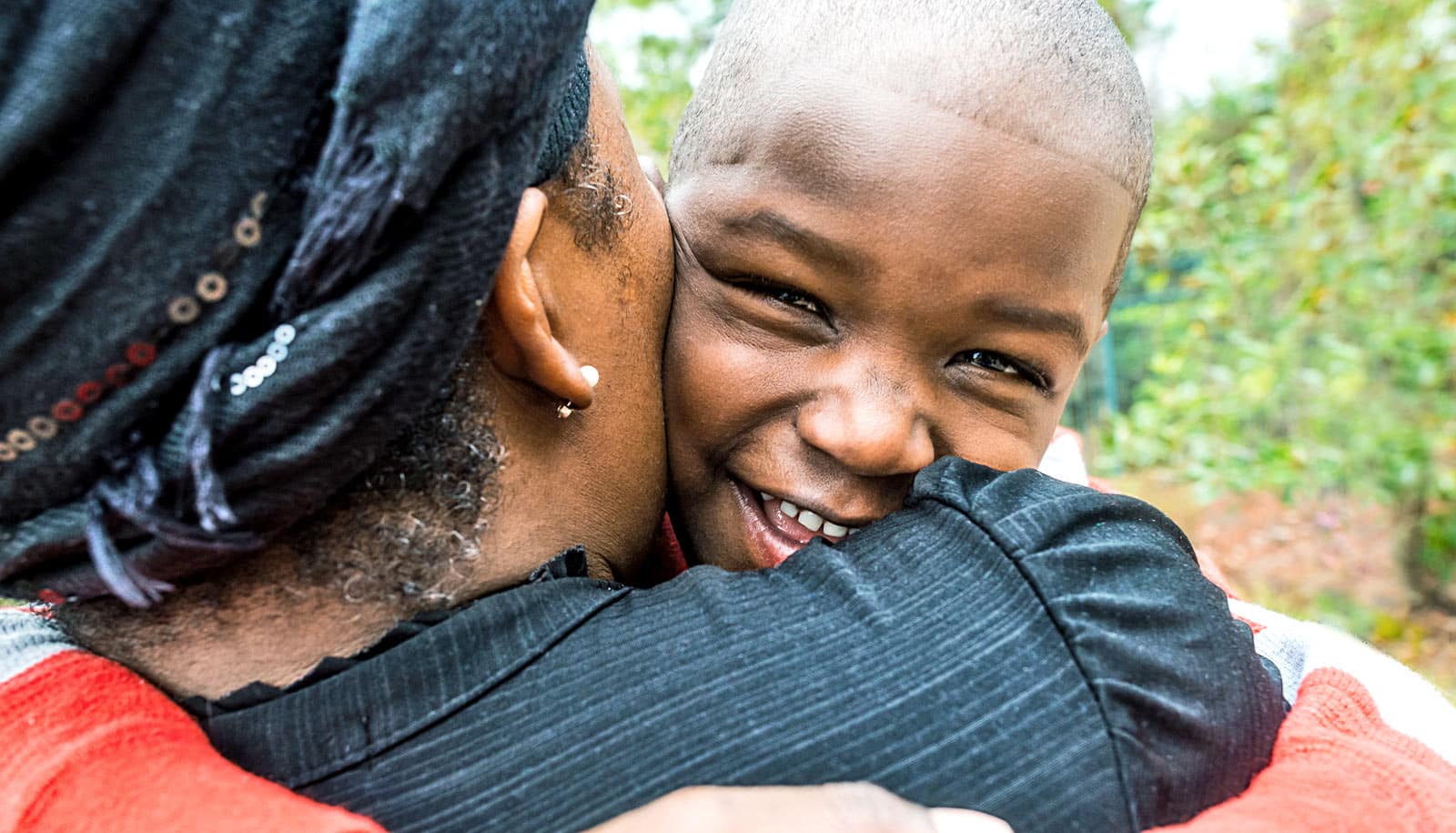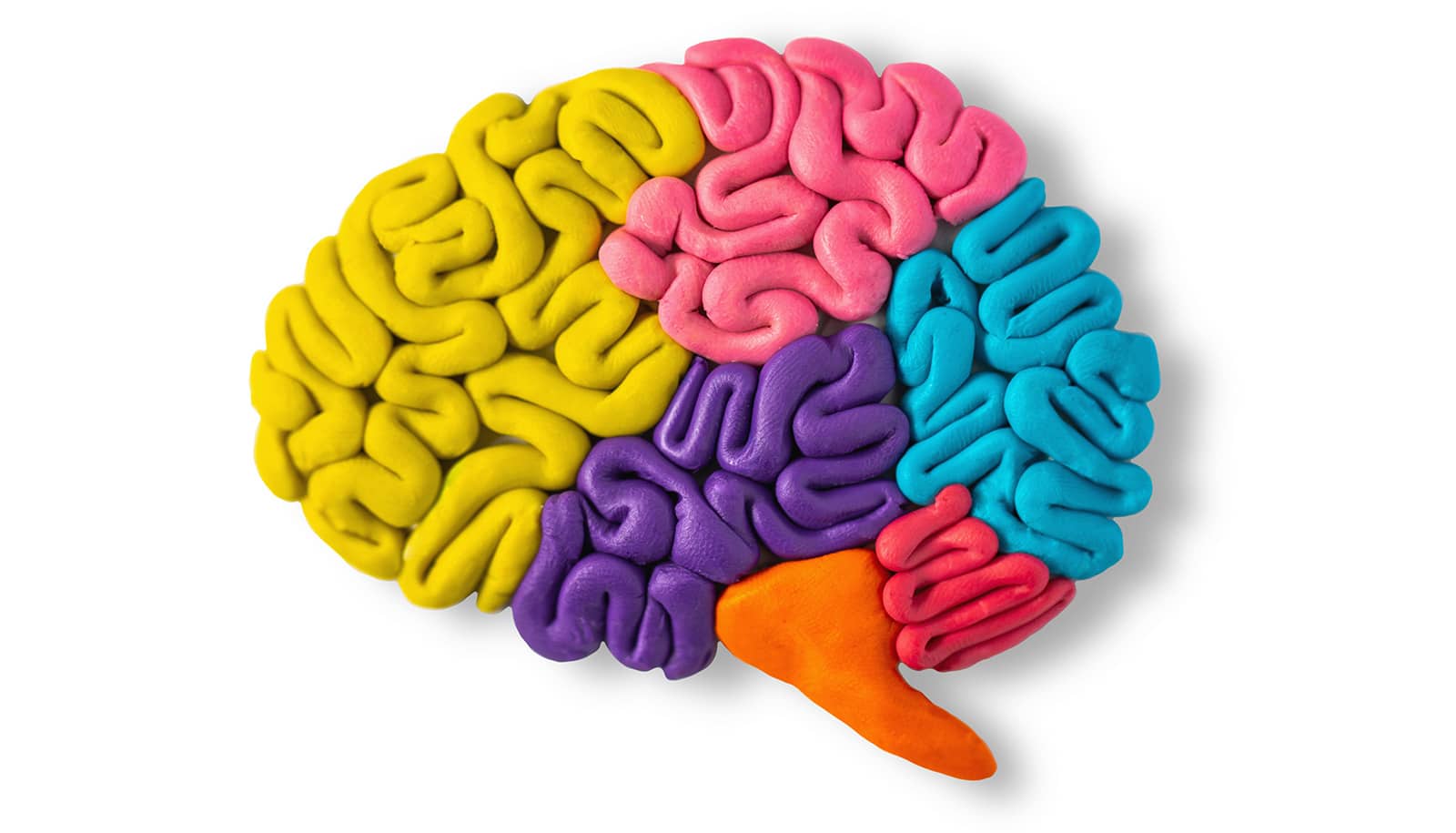Touch is a significant factor in the social development of young children between four and six years old, research suggests.
Findings from the first study to focus on the relationship between touch and social development in children older than infants appear in the journals Cerebral Cortex and Cognitive Development.
The study involved 39 mother-child pairs in play for 10 minutes, during which researchers counted the number of times the mother intentionally reached out to touch her child. After the play session, the children were asked to complete two different tasks.
The first task was a social distraction test, in which the children had to identify the position of a geometric shape while pictures of faces or houses—social and non-social stimuli respectively—were present as distractors. The second task explored emotion recognition by asking them to identify the emotion depicted in a set of faces.
The researchers found that children who received a higher frequency of touches from their mothers were significantly more distracted by the social stimulus compared to children who received lesser amounts of touch. These children were also more accurate in the identification of emotion in each of the pictures shown to them.
Touch sends vibrations far beyond our fingertips
“This index gave us an idea of how sensitive they are to social information in the environment and it suggests that there is a positive relationship between how much kids are touched and how sensitive they are to the social environment,” says Annett Schirmer, associate professor of psychology at the National University of Singapore.
Schirmer, together with collaborators in Germany, also took part in a cohort study that expands on the research by conducting brain scans of the children while at rest. In a similar set-up, researchers recording the play of 43 mother-child pairs were recorded while in play counted the number of touches. The brain scans, taken two weeks later, revealed that children who experienced more maternal touch had increased activity in parts of the “social brain,” a network that drives a person’s interactions with other people. This is a longitudinal study which will continue over five years.
How the ‘body map’ connects babies to other people
The link between brain function and touch can be partially attributed to a class of tactile receptors called C-tactile fibers, which have very specific firing properties and are most sensitive to touches by another individual, explains Schirmer. Stimulation of these receptors can activate the “social brain.”
Social species such as rodents also have these receptors, and tests conducted on rats have demonstrated the impact of touch on social development. Increased maternal touch by rats, such as licking and grooming their young, resulted in the latter exhibiting a more social behavior as adults. These adult rats are better able to care for their young, as well as more likely to adopt others’ offspring.
Moving forward, Schirmer hopes to explore the impact of touch on the structure of the brain, as well as whether the relationship between touch and social development is something that can affect people of every age.
She is particularly interested in the effects it can have on aging. “One thing that seems to happen is that as people get older, they become socially more isolated and might receive lesser amounts of touch,” she says. “I’m wondering whether one could institute tactile interventions to facilitate healthier aging.”
Source: National University of Singapore



